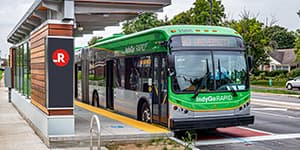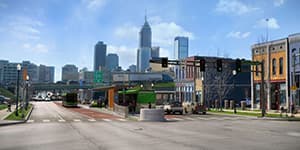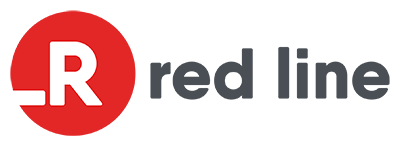IndyGo Continues to Roll Out Better Bus Service!
We’re excited to be back on track with the implementation of our newly improved network redesign!
Beginning with the addition of weekend service in 2018, IndyGo has been working toward the implementation of the type of transit system worthy of a dedicated funding source. We’ve upgraded our services to offer every route every day of the week. We’ve designed, constructed and launched our first bus rapid transit (BRT) route, the Red Line. Construction is nearly complete on the second BRT route, the Purple Line, which is scheduled to open in late 2024. Design for the Blue Line BRT route is approaching 90% completion, and efforts to modernize IndyGo’s fare collection system continue.
Along the way, we have encountered some serious challenges. Chief among them was a bus operator shortage and the financial impact resulting from the COVID-19 pandemic, which significantly impacted IndyGo’s ridership and revenue projections, as well as our ability to retain and grow our workforce.
Red, Purple and Blue were designed for you, by you.
IndyGo’s creating its new Red, Purple and Blue Lines to help you commute more efficiently, easily and conveniently.
As part of the Marion County Transit Plan, three rapid transit lines were identified to do just that – the Red, Purple, and Blue Lines.
Red Line
The Red Line runs from Broad Ripple through downtown Indy to the University of Indianapolis, connecting several neighborhoods, major employers and cultural institutions with frequent, comfortable rapid transit service.
Continue Reading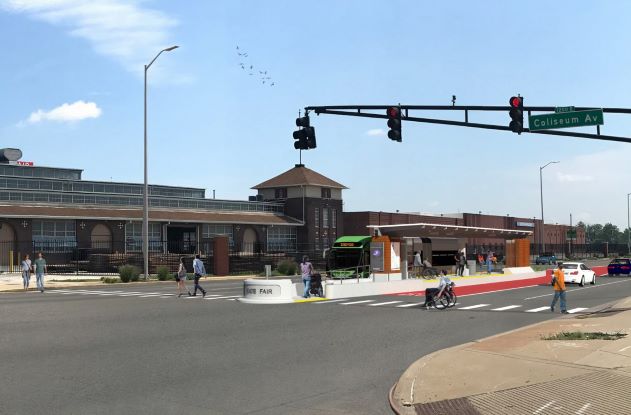
Purple Line
The Purple Line is a much-needed improvement to much-traveled route 39, bringing Bus Rapid Transit to the important Indy-Lawrence connection.
Continue Reading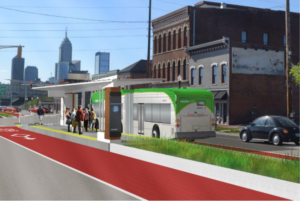
Blue Line
24 miles of rapid transit to and from the airport!
To better connect you to your city and your city to you, all along Washington Street and all the way out to the airport, IndyGo’s Blue Line will reinvent one of the most traveled local commuter routes in the IndyGo system.
Continue Reading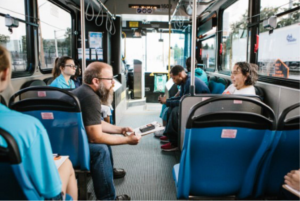
2027 Transit Network
IndyGo is back on track with the implementation of our newly improved network redesign.
Continue Reading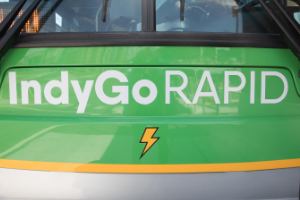
Bus Rapid Transit
Bus Rapid Transit (BRT) provides fast, comfortable, and frequent transit service. Current and future IndyGo riders will enjoy this upgraded experience on the Red, Purple, and Blue Lines.
Continue Reading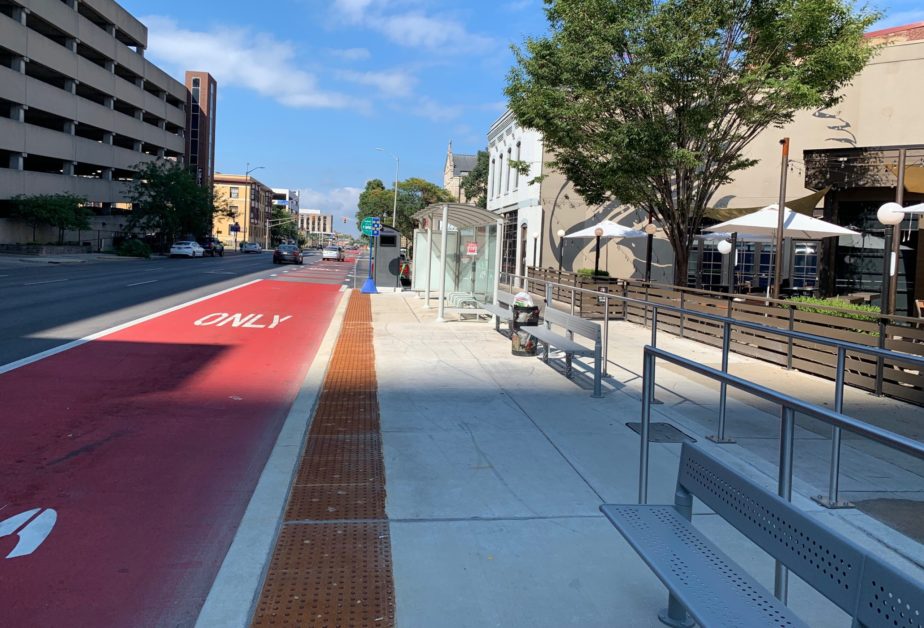
Super Stops
IndyGo and the City of Indianapolis Department of Public Works are partnering to implement significant improvements to Delaware Street and Fort Wayne Avenue.
Continue Reading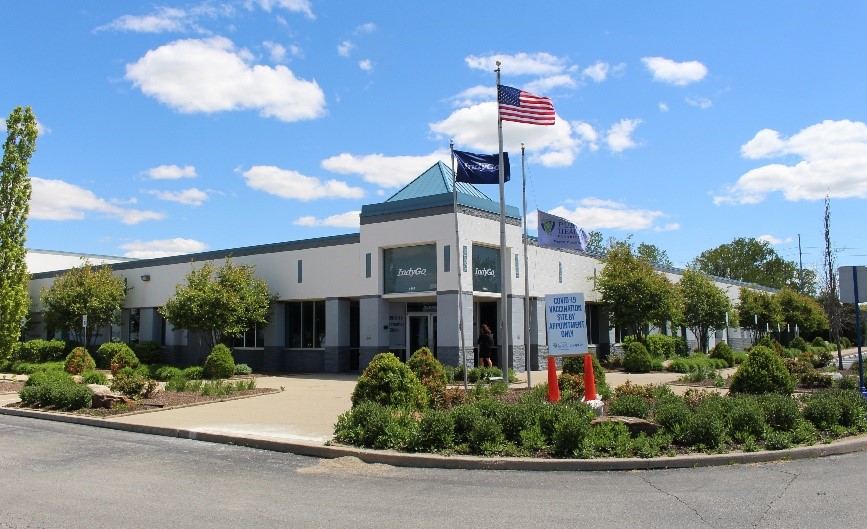
IndyGo Facilities
Due to the COVID-19 pandemic, rapid growth and the changing workforce, IndyGo has a need for additional space to accommodate employees, vehicles and operations. This space will function to improve safety and allow room for expansion opportunities.
Continue ReadingOver the next five years, IndyGo will implement the adopted 2019-2027 Capital Plan to fund and support the increased service frequency, increased service hours, and major redesigns of, and improvements to, our transit system.
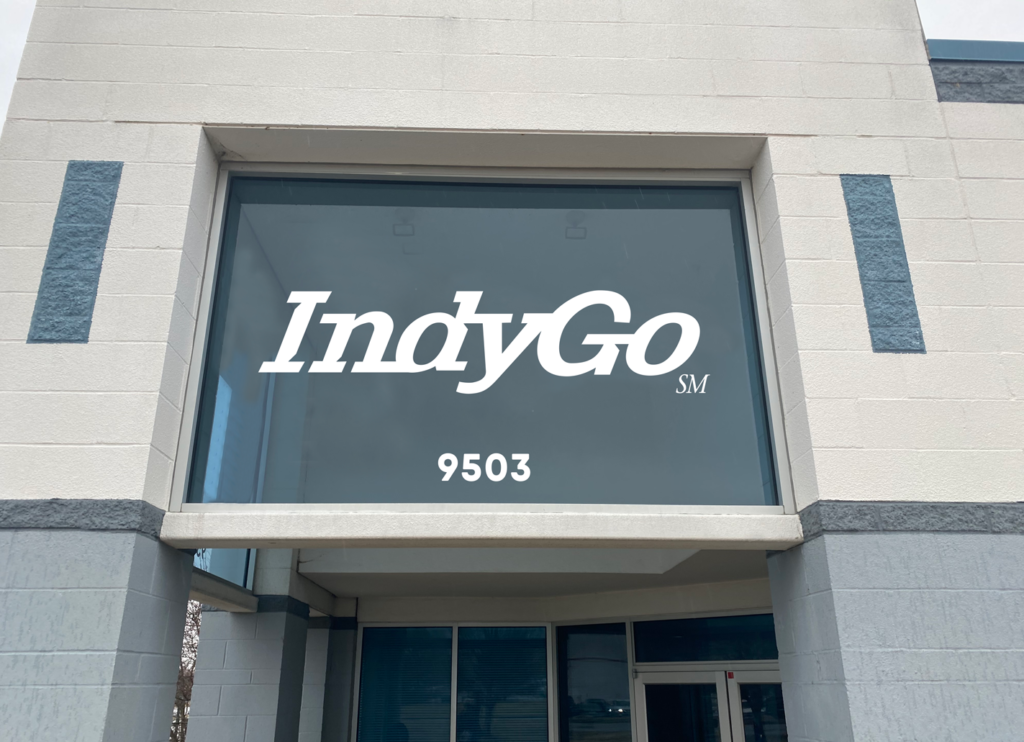 IndyGo recently constructed and renovated its newest headquarters, East Campus, located at 9503 E. 33rd St. off Post Road. The 110,910 square foot, three–building property will provide a training course for operators, multiple large public meeting spaces and additional office spaces to maintain social distancing amongst employees. IndyGo estimates that all employees will be moved into East Campus in 2023.
IndyGo recently constructed and renovated its newest headquarters, East Campus, located at 9503 E. 33rd St. off Post Road. The 110,910 square foot, three–building property will provide a training course for operators, multiple large public meeting spaces and additional office spaces to maintain social distancing amongst employees. IndyGo estimates that all employees will be moved into East Campus in 2023.
IndyGo also proposes to expand the facilities at 9503 to include 9625 E. 33rd St. in Indianapolis. The project involves renovations and construction of a new fleet terminal and maintenance facility and expanding East Campus to provide bus storage, maintenance bays and supporting spaces for offices, driver support areas, parts storage and similar supporting functions.
On June 12, 2023, the Federal Transit Administration (FTA) determined that the East Campus Expansion project met the criteria of a Categorical Exclusion under the agency’s implementing regulations of the National Environmental Policy Act (NEPA). The approved Documented Categorical Exclusion (DCE) is being published for public information. Please click on the link below to view the DCE:
Documented Categorical Exclusion
In accordance with Section 508 of the Rehabilitation Act of 1973, the main body of the DCE is Section 508 compliant. Please note that IndyGo will make the appendices of the DCE Section 508 compliant upon request. Please contact Charlie Carlino at Charles.Carlino@indygo.net or 317-559-6106 to make this request.
Section 106 Finding of Effect on Cultural Resources and Supporting Documentation
In 2014, the Indiana General Assembly allowed some Central Indiana counties to dedicate an income tax up to 0.25% for mass transit projects. On November 8, 2016, 59.4% of Marion County voters supported the tax to improve the city’s transit system. At the City County Council meeting on January 9, 2017, Proposal 3, a measure to enact a tax dedicated to transit, was introduced by Council president, Maggie Lewis. The full council voted for final adoption on Monday, Feb. 27, 2017. Read the press release for more information.
Learn more about the Marion County Transit Plan.
